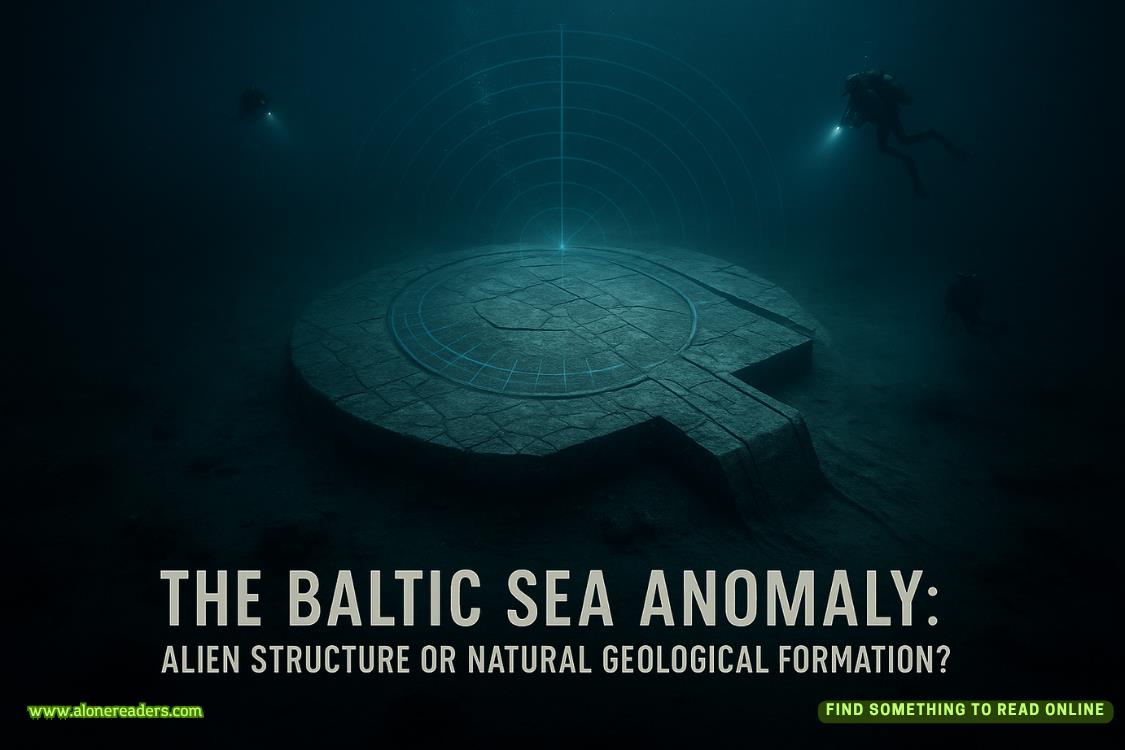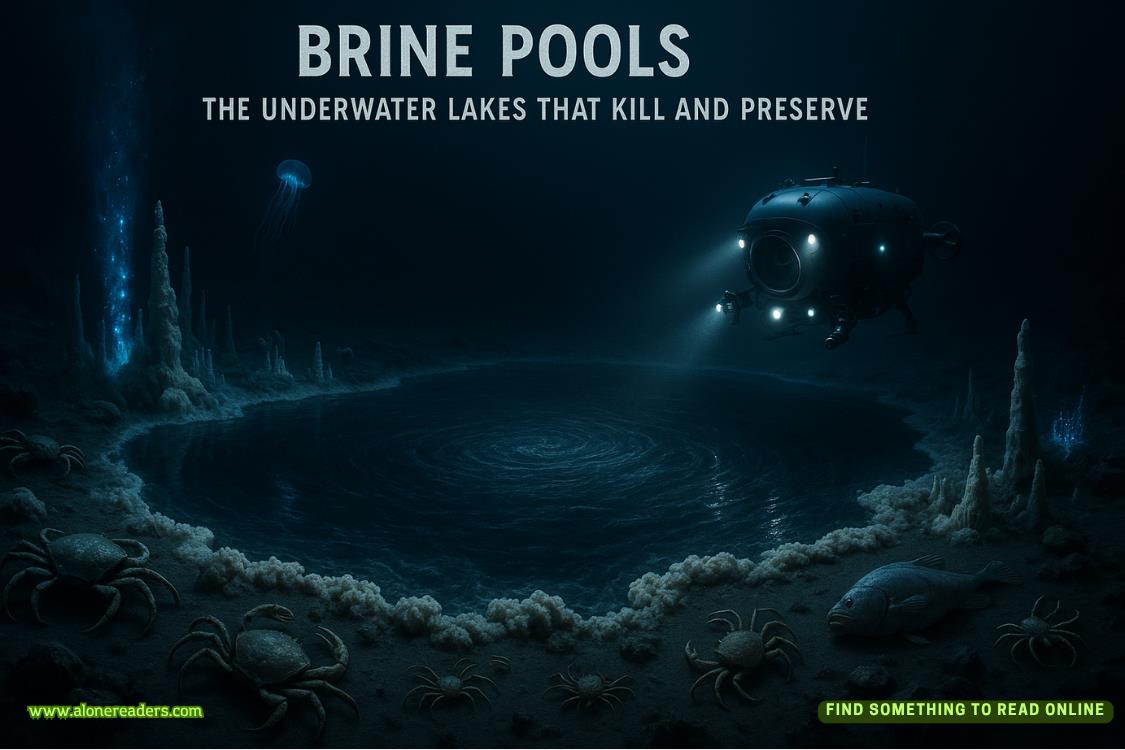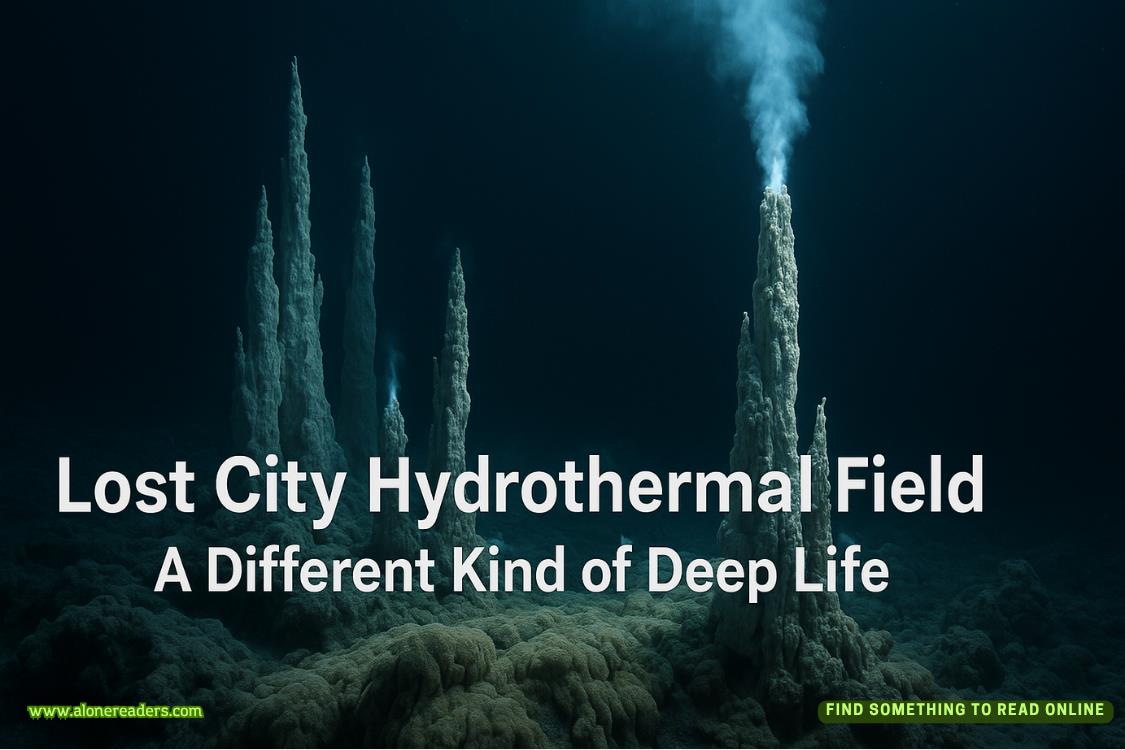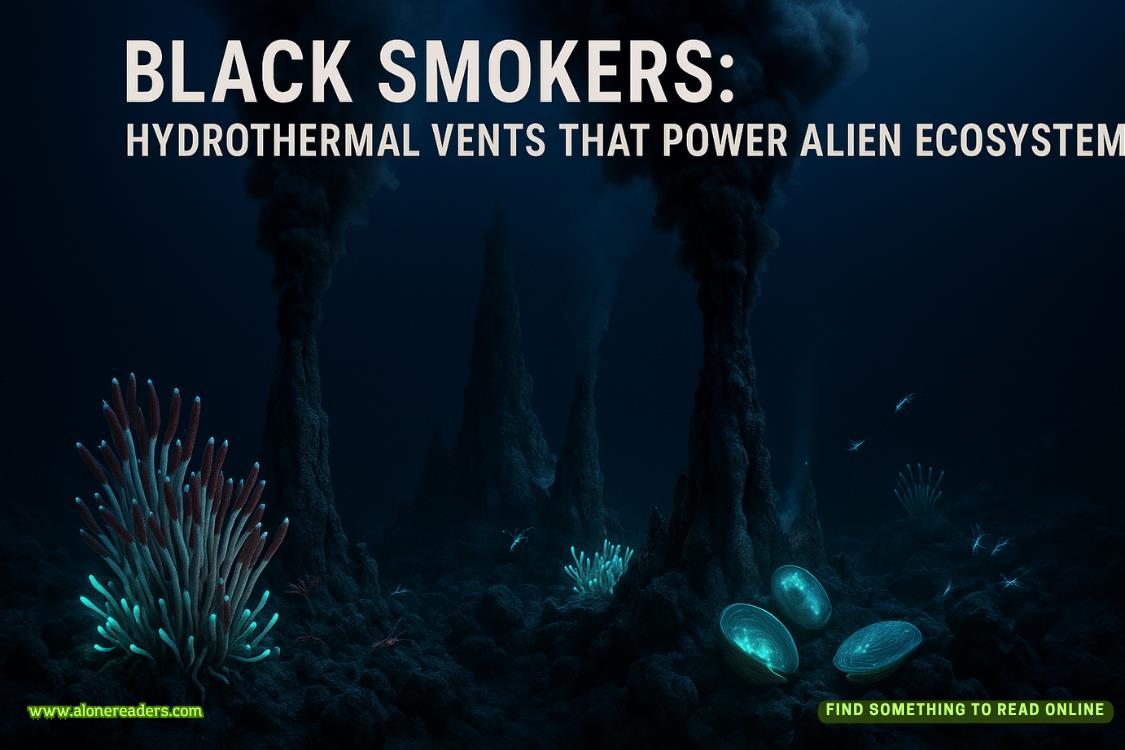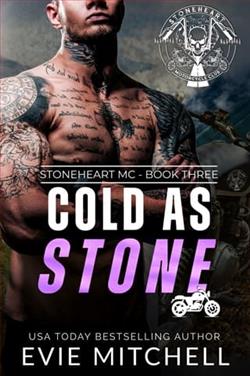Page 95 of The Devil Colony (Sigma Force 7)
Gray understood the need for speed. They all did. They had to be long gone from the area before any emergency response teams arrived. He stared back at the burning complex. Flames continued to lap around it and smoke roiled high into the night sky, like a signal flare. Their trail, which had grown cool, was suddenly hot again. He couldn’t trust the Russian to remain silent. Word would spread—likely reaching Waldorf.
“What happened back there?” Monk finally asked.
Gray told him.
“So, at least, you found the Indian map,” Monk commented. “But what about the location of the Fourteenth Colony? Do you know where it is?”
Gray nodded, his head still ringing. “I have an idea.”
“Where?”
“In the very worst place it could be.”
Chapter 33
June 1, 12:22 A.M.
Flagstaff, Arizona
Painter leaned on a table in the main lodge of the ranger station. “If Gray’s right, how much trouble are we in?”
Across a swath of topographical maps and reports from the U.S. Geological Survey, Ronald Chin shook his head.
“I’d say a shitload.”
The normally reserved geologist’s slip into profanity spoke volumes. Chin had arrived thirty minutes ago, along with a member of the National Guard—Major Ashley Ryan. The pair had already been en route from Utah to Arizona, intending to help with the search for Painter’s lost group. After landing in Flagstaff and learning of their rescue, they had joined Painter’s team here at the station, which had become a makeshift situation room.
“Could you be any more specific?” Painter asked, and stared down at a splayed open map of Montana and Wyoming. It was here that Gray believed the lost city of the ancients was hidden, the final resting place of the Tawtsee’untsaw Pootseev, where they stored their greatest treasures and where a doomsday clock was ticking downward, one neutrino at a time.
He studied the boundaries of the national park outlined on the map.
Yellowstone.
The first of the nation’s parks, and the granddaddy of all geothermal areas on this continent. If the Tawtsee’untsaw Pootseev had wanted a warm and permanent home to preserve and protect their fragile treasure, this would be the place, with its ten thousand hot springs, two hundred geysers, and countless other steaming vents, bubbling fumaroles, and mud volcanoes. In fact, half the geysers in the entire world were located within this park.
But it was also a lot of park to search.
Over two million acres.
Before deciding to concentrate their efforts fully on that one location, Painter wanted to be sure. Off in one of the back offices, Hank Kanosh was mobilizing his Native American resources, struggling to substantiate Gray’s claim. At this point, it was still a theory. Even Gray admitted that his estimation of the location was a best guess and that a large margin of error remained. In the meantime, his team would seek further corroboration by investigating the historical angle.
While all that was being done, Painter wanted some idea of what to expect. For this, he needed the expertise of a geologist.
Chin stepped around the table, dragging a topographical map of the national park along its surface. It showed a ring of mountains sheltering a vast plateau, the true geothermal heart of Yellowstone. The steaming valley stretched four thousand square kilometers, large enough to hold all of Los Angeles—but it was no ordinary valley. It was a caldera, the cratered top of a supervolcano that simmered beneath the park.
“This is the problem,” Chin said, tapping the center of the crater, where a vast lake pooled. “The Yellowstone caldera marks a geological hot spot, a continual upwelling of hot, molten mantle rock from the earth’s core. It feeds into a massive magma chamber only four to five miles beneath the surface. From data collected by the Yellowstone Volcano Observatory, we also know that there are pockets of magma much closer to the surface, seeping into the crust, driving all the hydrothermal activity in the area. With all the rainfall locally, the heat drives a massive and ancient hydraulic system, the world’s largest steam engine. That force alone has triggered massive hydrothermal explosions in the valley. Yellowstone Lake itself was formed from one of those blasts, when rain and springwater filled the crater that resulted.”
Chin’s finger came to rest on that lake. His eyes rose to Painter’s face. “But deeper underground, the pressure keeps slowly mounting as the molten mantle rock rises, building up inside that colossal magma chamber.”
“Until it eventually explodes.”
“Which Yellowstone has done three times over the past two million years. The first explosion tore a hole in the crust the size of Rhode Island. The last eruption left most of the continent covered in ash. These blowouts occur on a regular basis, as steady as the blasts from Old Faithful geyser. They occur once every six hundred thousand years.”
“When was the last one?” Painter asked.
“Six hundred and forty thousand years ago.” The geologist looked significantly at Painter. “So we’re overdue. It’s not a matter of if that supervolcano will erupt, it’s a matter of when. The eruption is inevitable, and geological evidence indicates that it will be soon.”
“What evidence?”
Chin reached and pulled up a sheaf of U.S. Geological Survey studies and seismographic reports from the volcano observatory. He shook the pages in his hand. “We’ve been collecting data going back to 1923. The land around here has been steadily rising as pressure builds below, but starting in 2004, that bulging of the land has surged to three times the annual average, the highest ever recorded. The bottom of one end of Yellowstone Lake, which overlies the caldera, has risen enough to spill water out of the other end, killing trees. Other sections of forest are dying because their roots are being cooked by the subterranean heat. Hot springs along trails have begun to boil, severely injuring some tourists, requiring some paths to be shut down. Elsewhere, new vents have been opening deeper in the parks, observed by passing airplanes, spewing steam and gouts of toxic vapors that have killed bison on the spot.”
Chin slapped his papers down on the table. “This is a powder keg waiting to explode.”
“And someone just lit the match,” Painter said.
He pictured the massive waves of neutrinos flowing from somewhere inside that park, counting down to an inevitable explosion, one a hundredfold larger than the one that had occurred in Iceland.
“What can we expect if we fail to stop this?” Painter said. “What happens if the caldera does erupt?”




